Apple News is already seeing strong adoption, with more than twice as many readers as Apple Music has listeners — no doubt because News is effortless to use, with no subscription plan or signup required. Apple is now expanding News app's publisher base by publicly documenting its underlying "Apple News Format" specification.
Apple News Format enables publishers to create dynamic, animated multimedia content their readers can access through iOS 9's new Apple News app, using simple markup.
Until now, Apple has limited access to its Apple News Format to a small group of publishing partners (including ESPN, The New York Times, Cond Nast publications and Hearst newspapers) as it worked out the final details.
Other publishers have been limited to submitting an RSS feed of their stories, which allows News readers to access only basic textual content and a link to the original web page that takes users out of the app, bypassing its features.
Cond Nast's Wired took advantage of the Apple News Format last month to publish an exclusive, dynamic feature written by Andrew Rice detailing an in-depth look at Bjarke Ingels Group, the architect behind New York City's $4 billion World Trade Center 2 project.
Now that the format is now open to all Apple News publishers, others can begin to format their articles with layouts that make use of app's advanced typography and iOS fonts; interactive photo galleries; in-line videos and animations; and modern layout conventions that involve motion and parallax effects."Nearly 40 million people are reading Apple News, and we've been getting very positive feedback from the publishers" - Tim Cook
In yesterday's conference call, Apple's chief executive Tim Cook noted that, "our iOS News app is off to a great start: Nearly 40 million people are reading Apple News, and we've been getting very positive feedback from the publishers."
Cook added, "we have now signed more than 70 publishers representing hundreds of titles, and we're happy to announce that News just launched in the United Kingdom and Australia with partners such as the BBC, News Corp, The Telegraph, The Guardian, Financial Times, Daily Mail and the Australian Broadcasting Service."
The rise of digital publishing leaves behind Flash
When iPad first appeared back in 2010, many periodical publishers — including Cond Nast — had Adobe-centric workflows that expected to deliver interactive digital magazines for mobile devices using Adobe Flash. The lack of Flash support on iOS prompted Cond Nast to instead publish a bulky app composed of high resolution pictures of its physical magazine, with more rudimentary navigation than a basic web page.
Publishers began looking for new alternatives to digital publishing as their basic "digital image" editions of existing magazines for iPad failed to garner much interest.
In 2011, Apple launched its "Newsstand" initiative as part of iOS 5. Newsstand sought to create an App Store-like market for digital newspapers and magazines delivered as subscription-based apps, enabling publishers to concentrate on content on top of the features of Apple's iOS platform.
Rather than being an app itself, Newsstand was essentially a special iOS folder Apple used to deliver publishers' subscriptions-based apps to users in the background, as new editions became available.
One problem for Newsstand was that publishers still needed to build full iOS apps to deliver each edition of their content.
One content publisher, the monthly travel magazine Trvl, decided that its Adobe InDesign workflow (like Cond Nast's) was not going to work because it generated such large app downloads that buyers "really hated us," in the words of the firm's co-founder Michel Elings.
The Netherlands-based company set out to build a custom tool optimized for digital publishing on iOS, resulting in Prss.
The company called its tool "the software Apple forgot to make," and launched plans to license it to other publishers, enabling them to create digital magazine apps that were a tenth the size of typical graphic apps exported from InDesign.
The software caught the attention of Apple over the course of the next year, and the company was subsequently acquired by the iPad-maker. Apparently fueled by Prss talent, Apple News shipped with iOS 9 earlier this year as a rich, efficient publishing medium that doesn't require publishers to package each edition of their work as an iOS app.
Instead, publishers can apply rich formatting with Markup, incorporating interactive and video content. Apple News then renders their content as multimedia articles users can favorite, share with friends or save for offline reading, using bookmarks that are iCloud-synced between a user's devices.
Apple News recommends articles of interest based on stories you've previously read, favorited or shared, in addition to the news channels and topics you explicitly select to follow.
Social news, recommended like songs
Apple News presents publishers' content, not as periodic editions, but as a user-customized stream of articles organized by topic. This not only mimics the modern consumption model of Facebook rather than emulating printed paper periodicals, but also bears some similarity to iTunes' disruptive shift in selling individual songs rather than packaged albums.
The result is that users can read and share news presented like a social network feed, but that each article has a consistent set of features that display within the app, rather than linking to disparate outside websites.
"The app cuts out the cruft, ad trackers and other elements found on many news sites that can slow loading times," observed Owen Williams of TheNextWeb.
Publishers can adopt iAd or their own ad network for content monetization within Apple News rather than trying to sell downloadable subscriptions.
Apple News readers can also follow a specific news channel, providing an experience more similar to a digital magazine or paper.
"For small publishers that simply don't have the resources to build their own native apps, it's a huge opportunity to play in the big leagues and get content in front of more people without having to spend any money," Williams added.
Another aspect of Apple News is that it's optimized to fully exploit the Retina Display of modern iPhones and iPads, something that basic websites often aren't.
Apple announced at the release of iOS 9 that existing Newsstand subscription apps would continue to work, but that the Newsstand folder would not longer appear by default. New subscription editions are now downloaded as standalone apps.
 Daniel Eran Dilger
Daniel Eran Dilger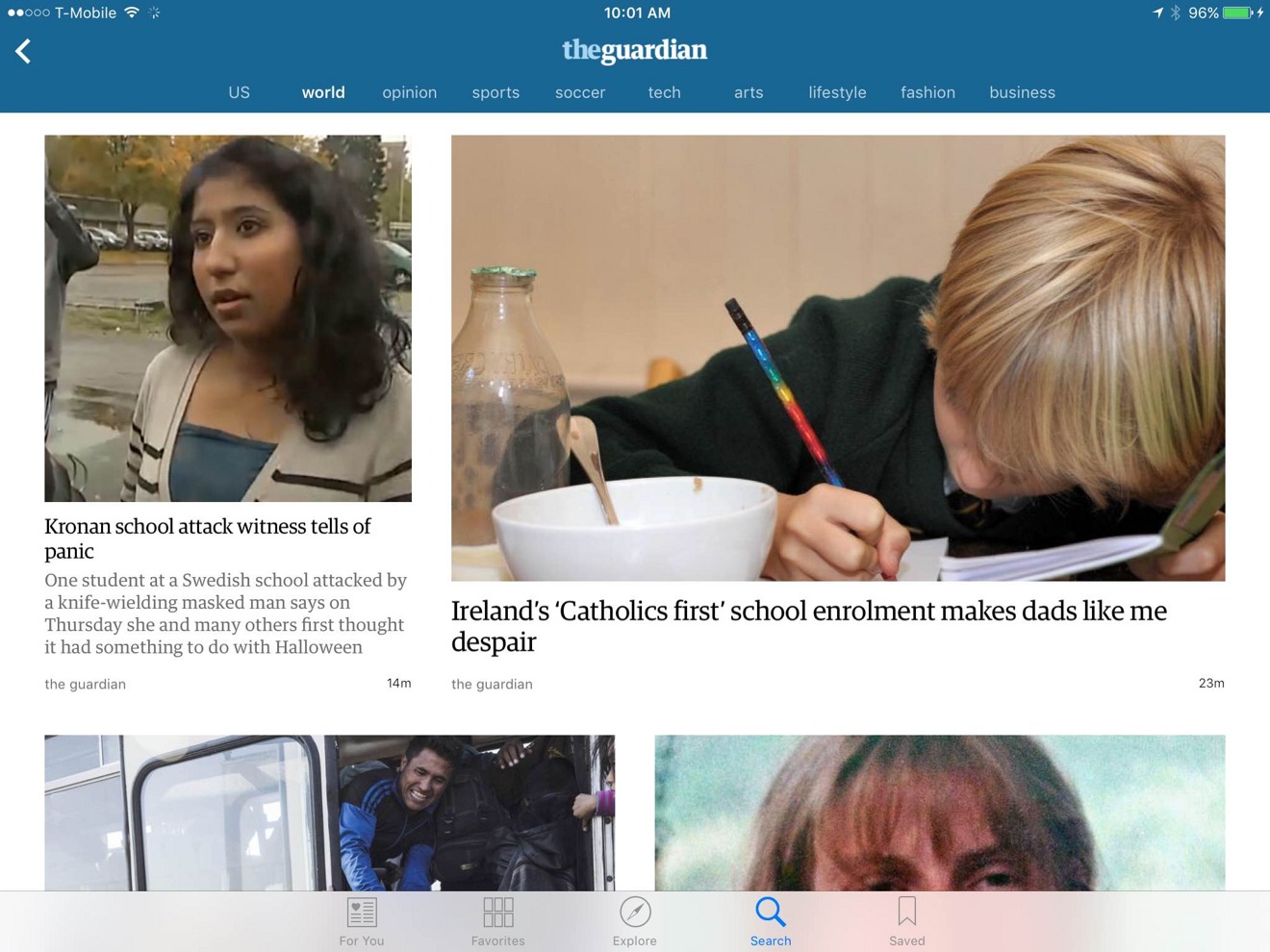
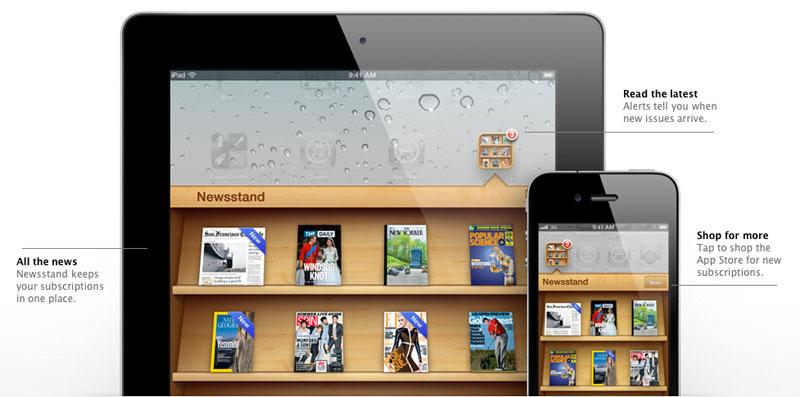
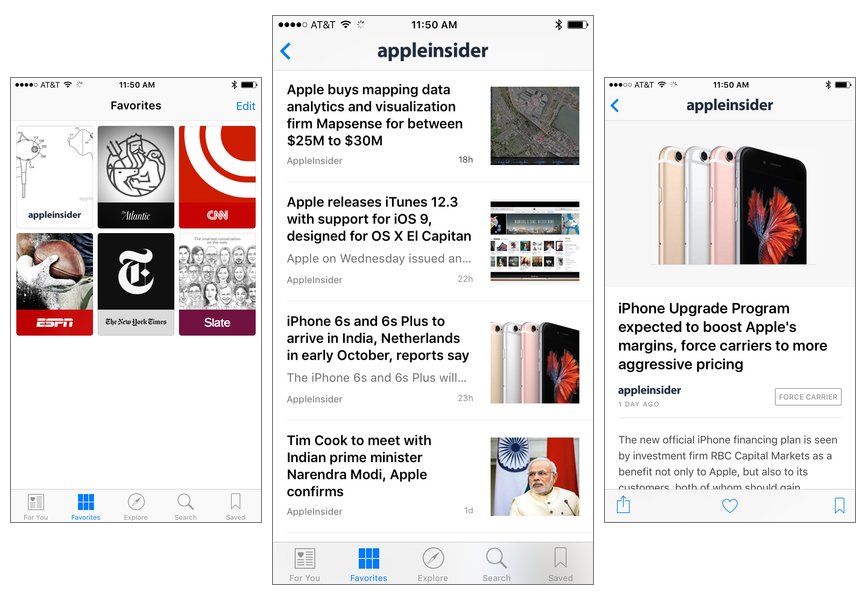














 Sponsored Content
Sponsored Content
 Wesley Hilliard
Wesley Hilliard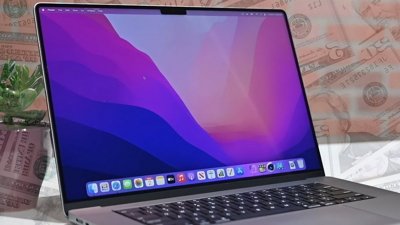
 AppleInsider Staff
AppleInsider Staff
 Andrew Orr
Andrew Orr
 Amber Neely
Amber Neely

 William Gallagher
William Gallagher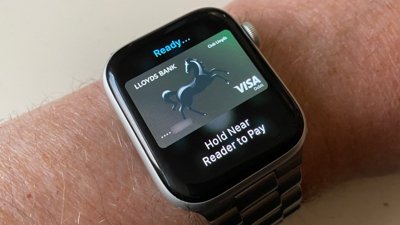
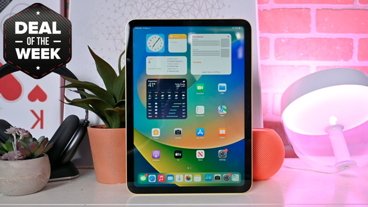








19 Comments
Used this app for the first time yesterday. I'm really impressed so far. Is Apple Insider on there? I noticed Idiot Rumors was listed, but didn't notice Apple Insider
I've been using Apple news for a while now, and long prior to that Flipboard. I like the format of Apple news, when participants abide by it, but not all do. As for those who don't, it suffers the same problems as those on Flipboard; namely, when you click the article you must then subsequently expand it inside a small Safari browser, which takes time and is by no means optimized. As with Flipboard, when a news source is optimized, you get a great experience, ad-free, and very easy to read.
For now, I use both Flipboard and Apple News.
Can't wait to try it. Unfortunately it hasn't been available to the Dutch market yet.
Its a great app. It could use some layout improvements by category, but its the content I like to read.
By, "readership climbs", do they mean people actually using it?
Or people suddenly discovering it on their devices?